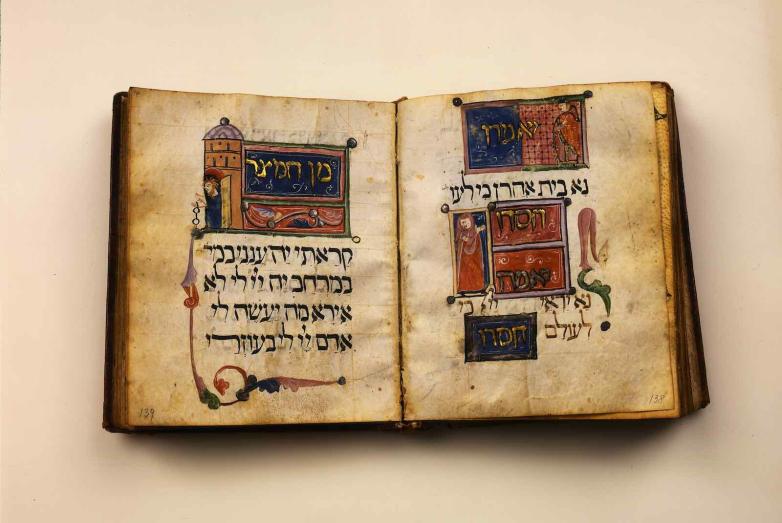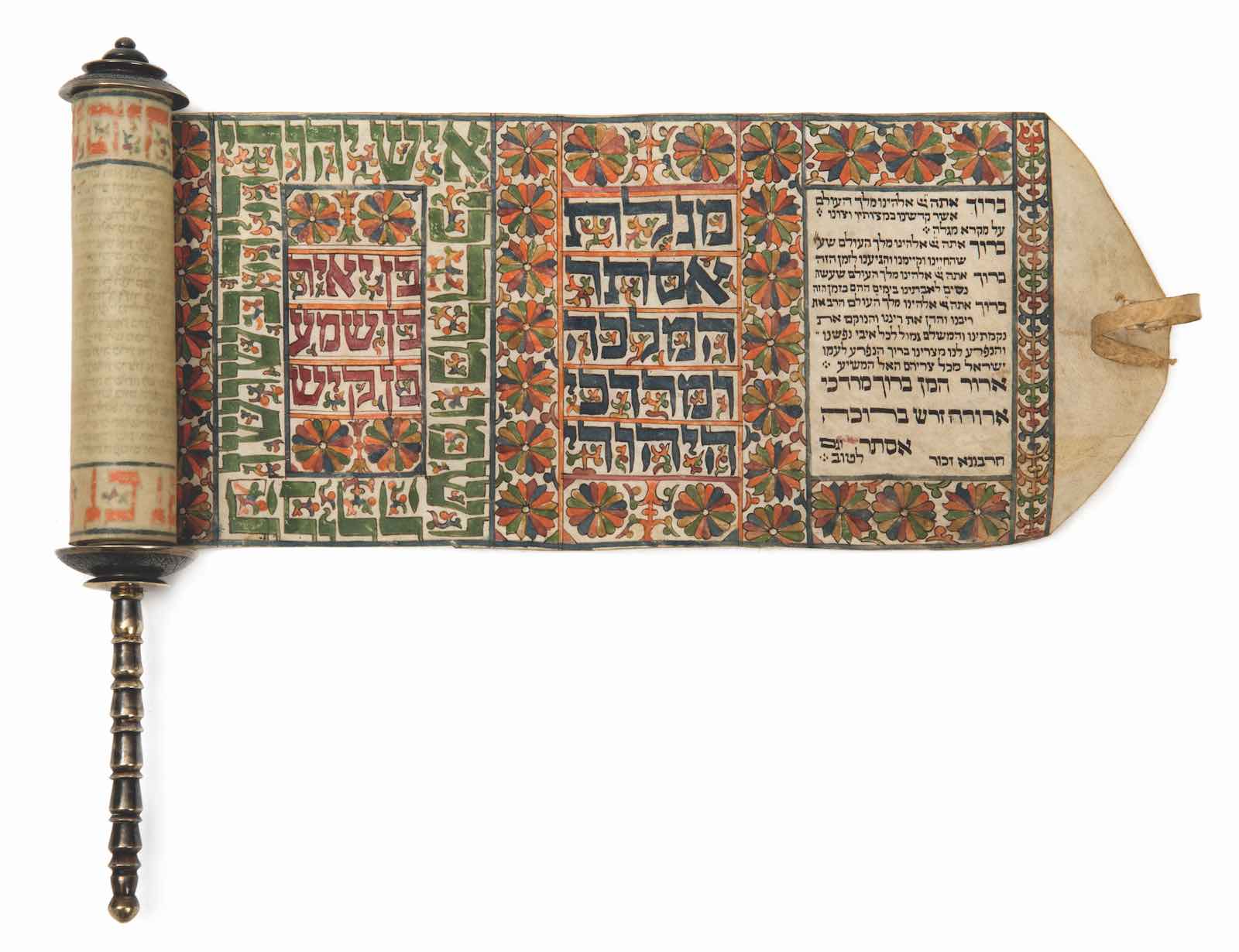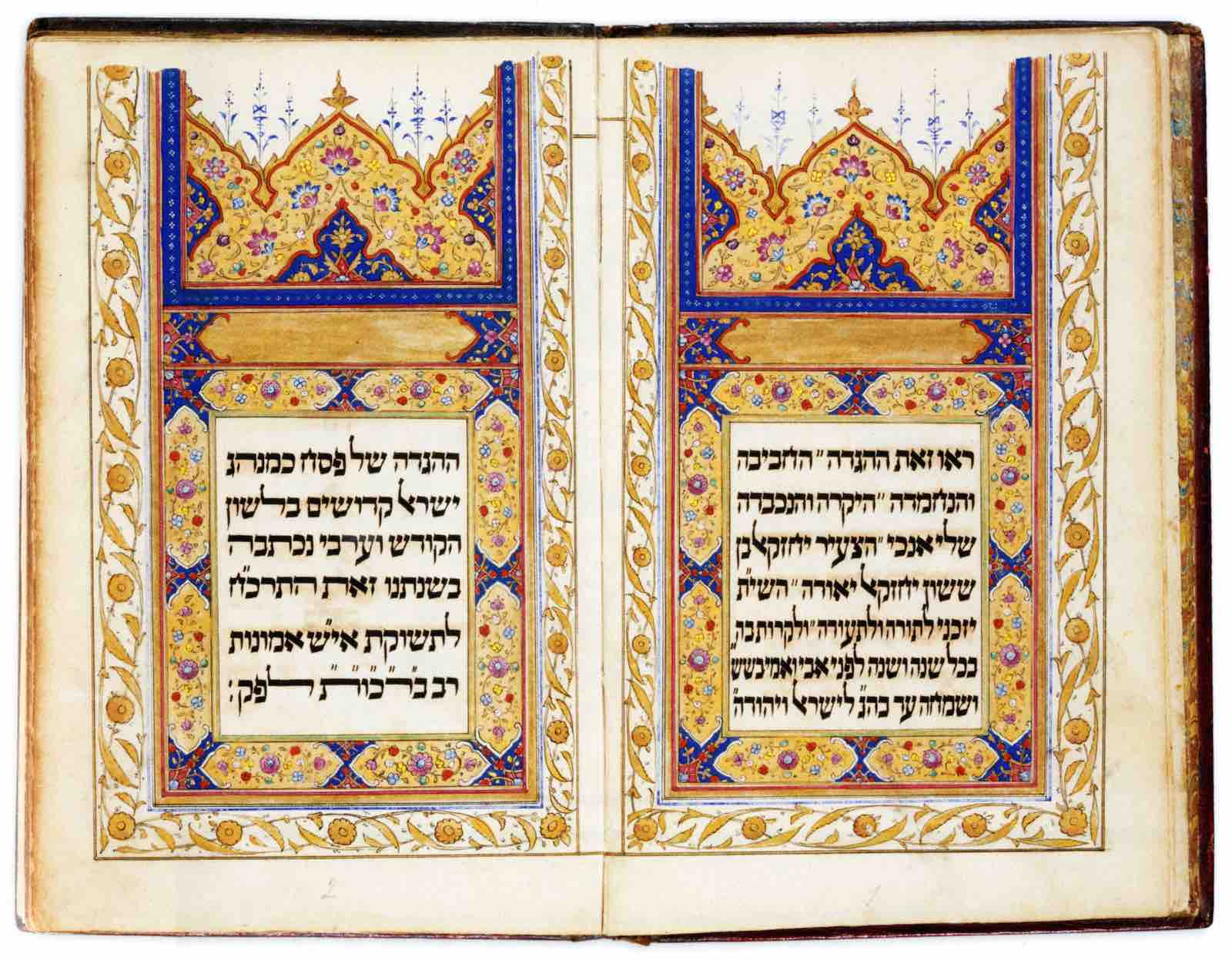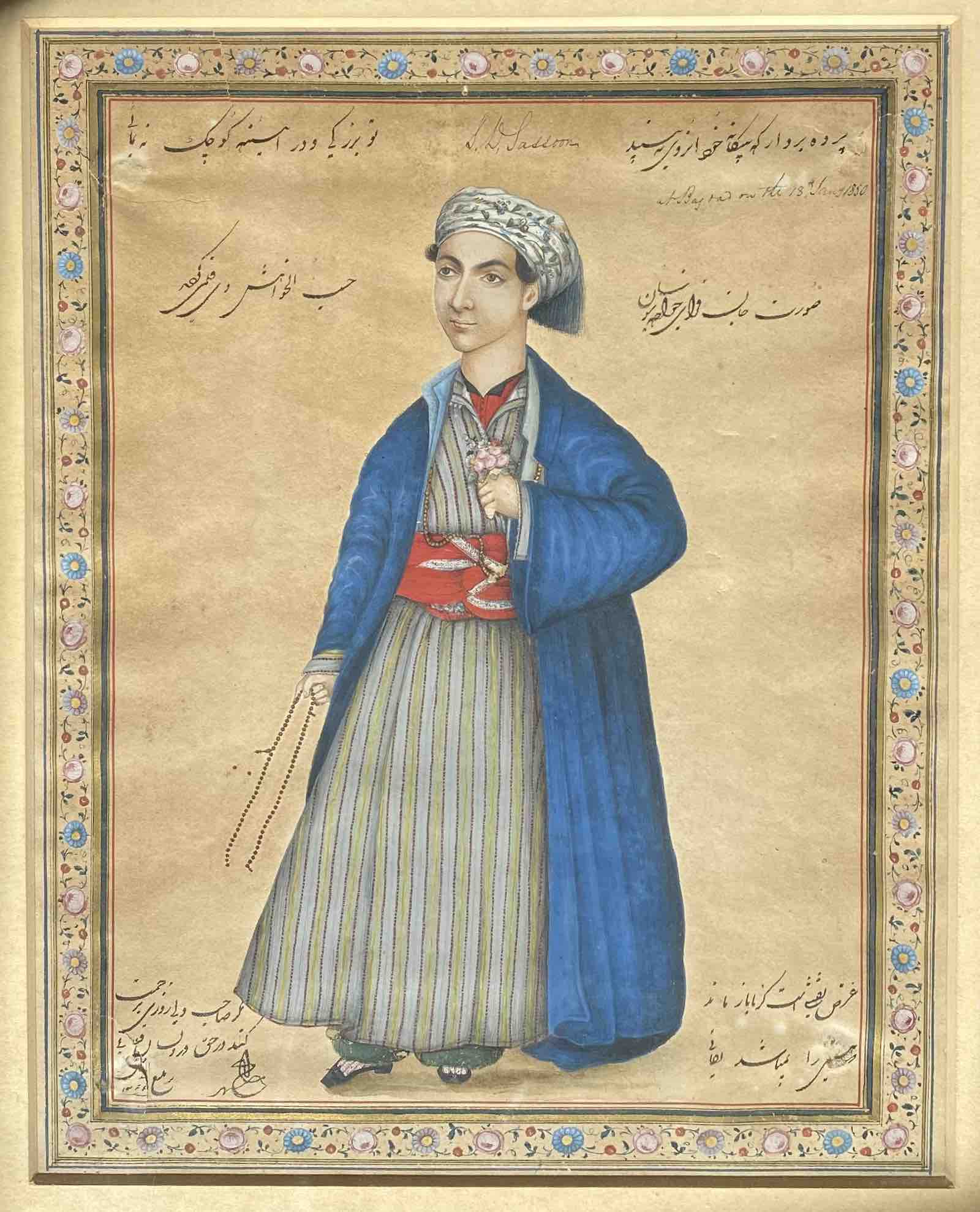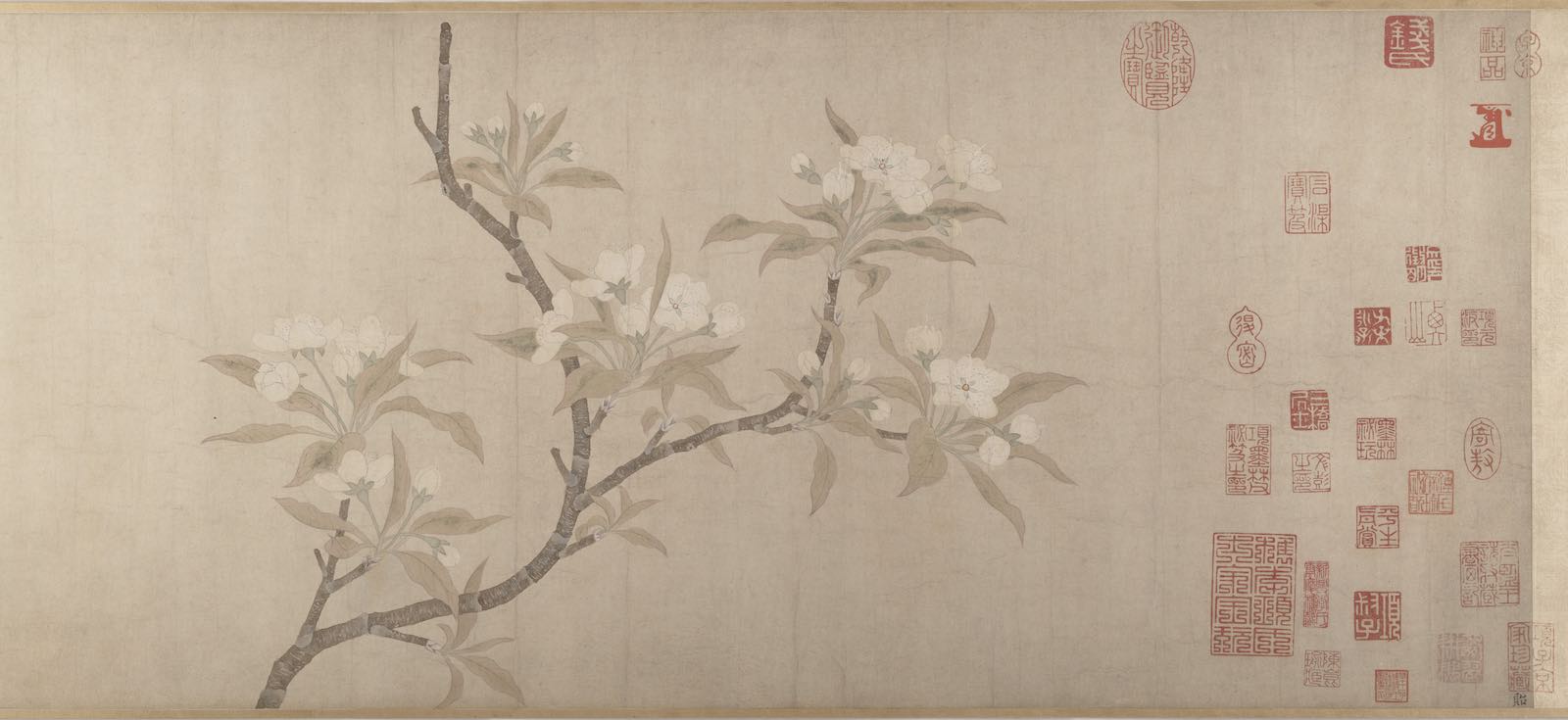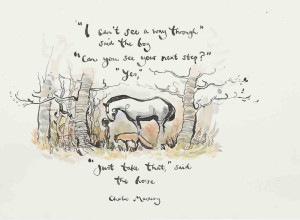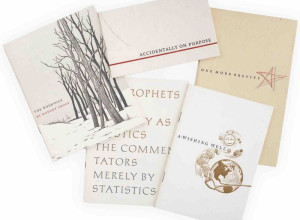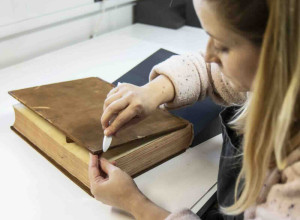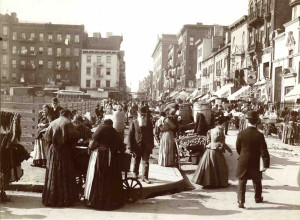Although less known, the Sassoon women were discerning collectors. The exhibition pays special attention to these unsung patrons of art. Rachel Sassoon Beer became the first woman in Britain to edit two newspapers, The Sunday Times and The Observer, and played a crucial role reporting on the Dreyfus affair in Britain. Her painting collection, sold at auction in 1927, listed, among other great works, one drawing and 15 paintings by Corot, a Constable, and a Peter Paul Rubens. Of a younger generation, Hannah Gubbay, a Sassoon on her mother’s side, was a major collector of 18th century art, furniture, and porcelain, as was her cousin, Mozelle Sassoon.
The exhibition also highlights the distinguished properties of the Sassoons in the United Kingdom. A Member of Parliament for the Conservative Party, Sir Philip Sassoon made active use of his three great residences, Park Lane (now destroyed) and Trent Park in London, and Port Lympne in Kent. Surrounded by landscaped gardens (in the case of Trent Park and Port Lympne) and filled with priceless works of art, all three were used by the government for high-profile cabinet meetings and receptions of foreign dignitaries and celebrities. Paintings of Port Lympne by Sir Winston Churchill, a frequent visitor, are featured.
The last section of the exhibition focuses on the service of a younger generation of Sassoons in the First World War. Sir Victor Sassoon served in the Royal Flying Corps, barely surviving an airplane crash that left him permanently disabled. Sir Philip Sassoon, private secretary to Field Marshal Douglas Haig, recruited his artist friends including John Singer Sargent to cover the war, and several of these works are on display. A very different war is experienced through the poetry of Siegfried Sassoon. Though a brave and much decorated soldier, his graphic and shocking portrayal of the trenches and fierce criticism of the establishment were emblematic of a generation scarred by war’s brutality. Some of the journals he wrote and illustrated during battle, including his famous anti-war statement, are on view.
During the Second World War, some 18,000 Jewish refugees arrived in Shanghai fleeing Nazi Europe. They were able to survive the war thanks to the money raised by members of the Baghdadi Jewish community who resided in the city at the time. Prominent among them was Sir Victor Sassoon who donated considerable funds and placed several buildings at the disposal of the International Committee for European Immigrants.
The Sassoons runs through August 13, 2023

